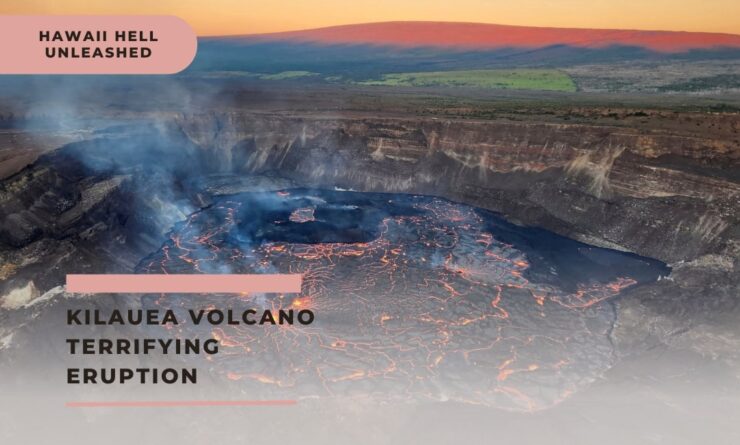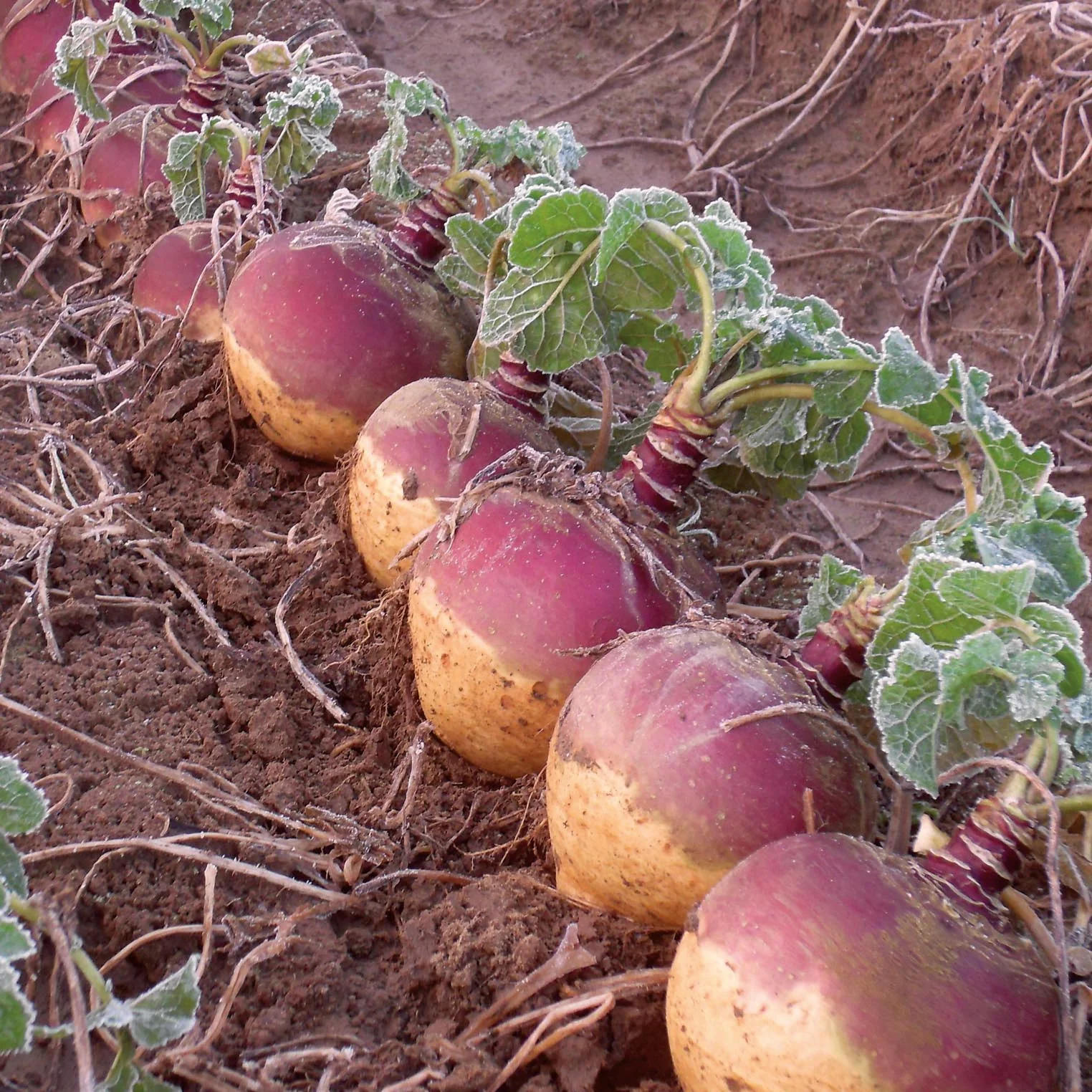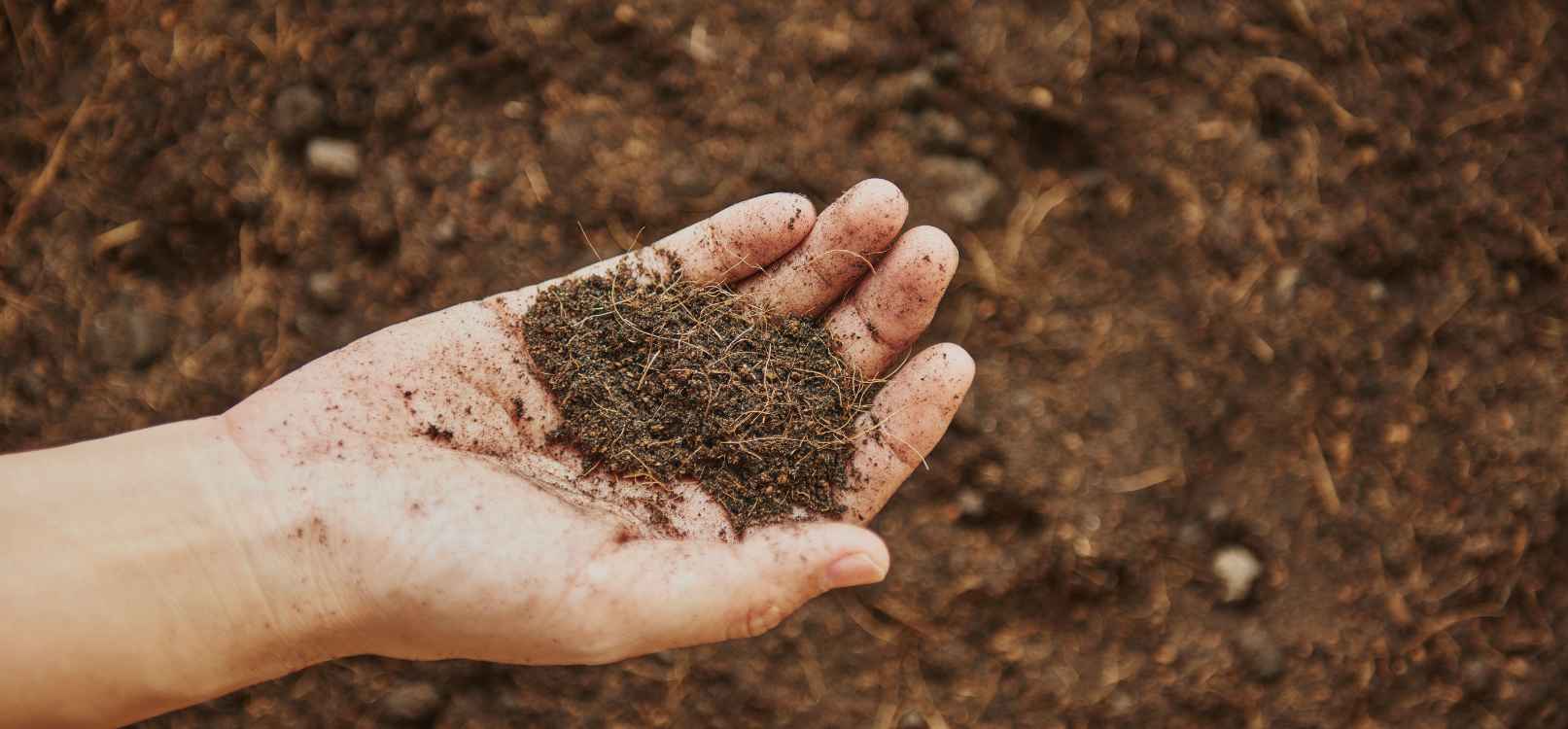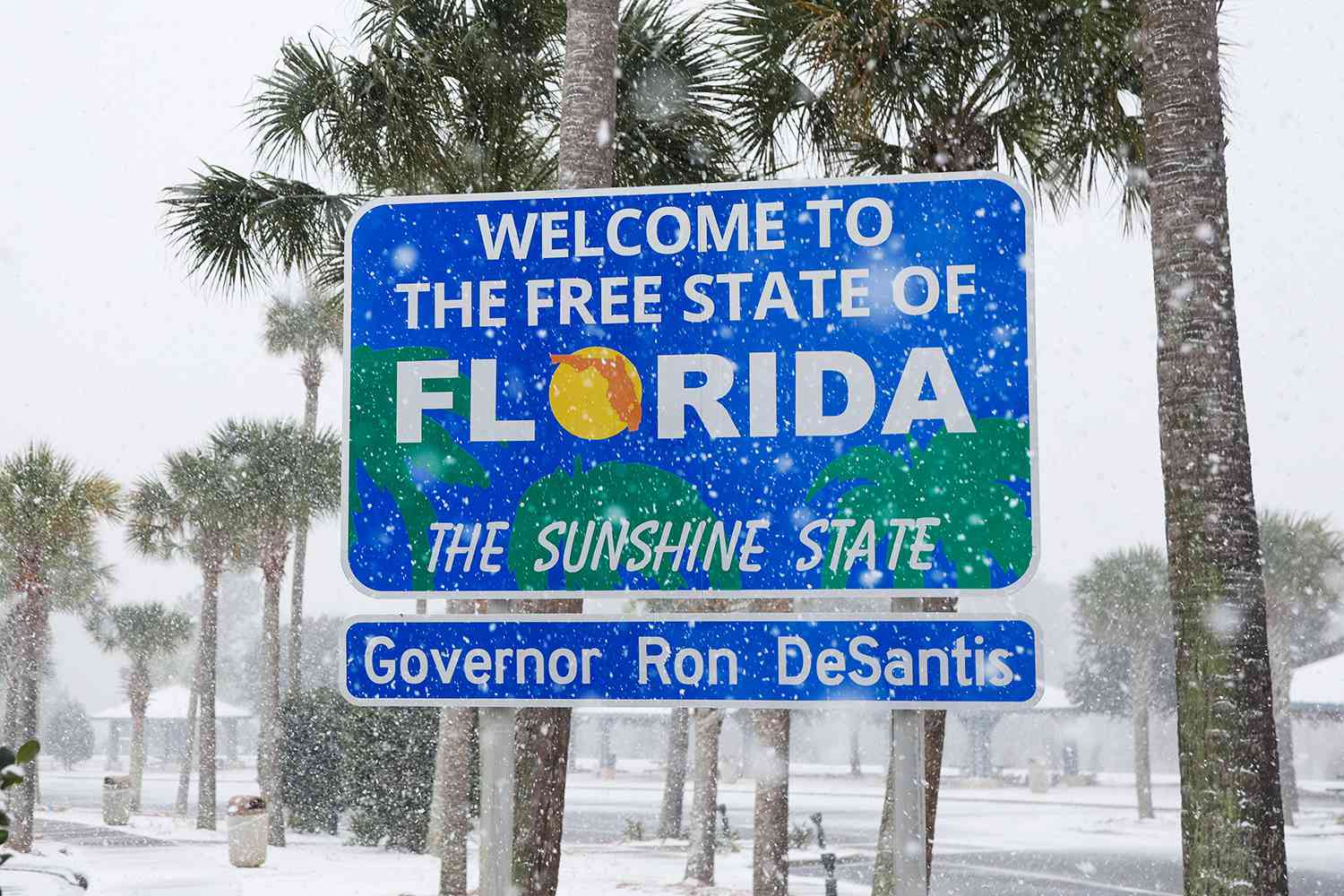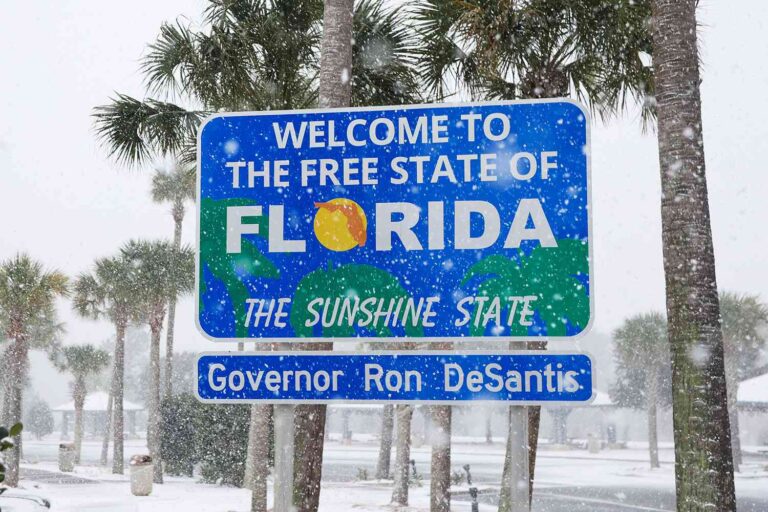Hawaii – The Kilauea volcano, known as the dwelling place of Pele, the Hawaiian volcano goddess, has started erupting. The U.S. Geological Survey (USGS) reported the eruption on Wednesday, shortly after an eruption watch was declared.
The eruption was first noticed around 4:45 a.m. local time when the Hawaiian Volcano Observatory spotted a glow in the webcam images of Kilauea’s summit. The images revealed that the eruption began within the Halema’uma’u crater of the volcano.
The USGS reported that webcam footage showed fissures at the base of the Halema’uma’u crater producing lava flows on the crater floor.
The activity is currently limited to Halema’uma’u, and the potential hazards will be reevaluated as the eruption continues. According to Hawaii’s Emergency Management Agency, there are no signs that populated areas are at risk at this time.
Impacts and Precautions of Kilauea’s Eruption
Kilauea has erupted multiple times in recent years. The last eruption started on January 5 and ended on March 7. Before that, the volcano experienced sporadic eruptions from September 2021 to March 2022, as per USGS records.
The most severe eruption from this volcano was the Pu’u’ō’ō’ Eruption, which spanned 35 years, from 1983 to 2018. It concluded when the crater floor and lava lake of Pu’u’ō’ō’, a cone in the volcano’s eastern zone, collapsed dramatically.
The current eruption is taking place within a restricted area of Hawaii’s Volcanoes National Park, according to the USGS.
However, the state’s emergency services have warned that it could cause minor ashfall in nearby regions of Puna, Kau, and South Kona until at least 6 p.m. local time. Residents are advised to minimize exposure by staying indoors or wearing face masks due to the high levels of volcanic gas.
The eruption is releasing large amounts of water vapor, carbon dioxide, and sulfur dioxide, which can travel downwind. Sulfur dioxide, in particular, contributes to volcanic smog, or vog, resulting in a visible haze. This has already been observed downwind of the volcano.
Another hazard is the formation of thin glass fibers, known as Pele’s hair, during an eruption. These threads, which can be several feet long, form when gas bubbles burst near the lava’s surface and stretch the lava’s skin into long strands.
These strands can become airborne and pose a risk as they are sharp and can become lodged in human skin or eyes. These fibers are named after Pele, the Hawaiian goddess of volcanoes, who is believed by native Hawaiians to reside permanently in Kilauea’s Halema’uma’u crater.
Source:
https://news.yahoo.com/kilauea-volcano-erupts-hawaii-154033634.html

